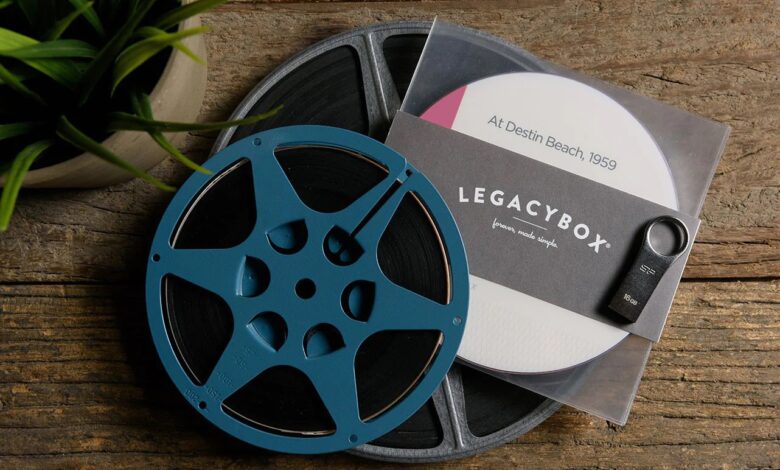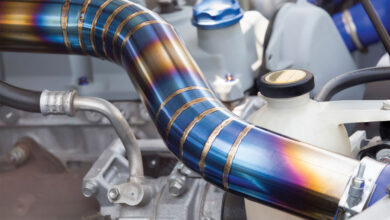Learn How To Transfer Film To Digital With Ease

There is something about watching a classic film reel that just can’t be beaten. Whether you’re watching an old home movie or a classic Hollywood film, the experience is truly magical. But what about preserving that magic for generations to come?
Film degradation is a real issue for many of us who have old films that we want to transfer to digital. Just as many people digitally scan photos, there are several different ways to do this digitally, each with its own pros and cons.
Let’s first look at the different film rolls out there that are somewhat easy to transfer over to digital formats.
Classic Film Formats/Rolls
While there are many different types of film out there, some are a bit easier to transfer over to digital than others.
8mm Film
This film format was popular in the late 1950s and throughout the 1960s, and it is often used today by modern family historians to transfer old home movies.
Super 8mm Film
This type of film is similar to the 8 mm format but has improved features that make it more durable than standard 8mm film.
16mm Film
This film format was commonly used in the 1970s and 1980s and was one of the most common formats for amateur filmmaking. While it is perhaps not relatively as easy to transfer as Super 8 mm or 8mm film, it can still be done with the right equipment and some practice.
What is The Process Involved in Converting Film to Digital?
Next, let’s take a look at the process of converting film to digital.
One option is to transfer your films and photos using a special scanner to transfer your images digitally. This may require some initial investment in equipment and software, but it will allow you total control over the transfer process.
Another option is to work with a service provider with the equipment and expertise to quickly and professionally transfer your films. This option can be more convenient, but it may also be more expensive, depending on the project’s scope.
Resolution Options for Transferring Films
When it comes to transferring film to digital, you also need to consider the resolution of your final images.
In general, there are three main options for resolution: high definition (HD), standard definition (SD), and 2K.
High Definition
High definition transfer offers the most widely -compatible and versatile option for your digital transfer projects. With HD transfer, your original film will be scanned at a resolution of 1920×1080 pixels per frame, ensuring that you get high-quality images with vibrant color and sharp detail.
Standard Definition
If you need to transfer large volumes of films or are working with older films or cameras, standard definition transfer is another viable option. With SD transfer, your images will be scanned at a resolution of 720×480 pixels per frame, which is ideal for preserving the look of older film formats.
2K
If you are working with high-quality films or just want the highest possible quality possible from your transfer, a 2K transfer is the way to go. With a 2K transfer, your original film will be scanned at a resolution of 2048×1556 pixels per frame, resulting in even more vibrant color and detail than HD transfer.
Convert Film to Digital Formats By Yourself or With a Service Provider
Ultimately, the best way in transferring film to digital format will depend on your specific needs and preferences. If you want maximum control over the transfer process, you may want to consider doing it yourself with a specialized scanner.
Alternatively, if you need a large-scale transfer of older or lower quality film formats, a service provider may be a better option. No matter what route you choose, just make sure to do your research beforehand and carefully consider all of your options before making a final decision.
Conclusion
Whether you are looking to transfer your old home movies, family photos, or other film formats, there are many options for converting film to digital.
Whether you choose to do it yourself with the right equipment and software or work with a service provider, the key is to do your research, carefully consider your options, and make the best decision for your unique needs and preferences.











